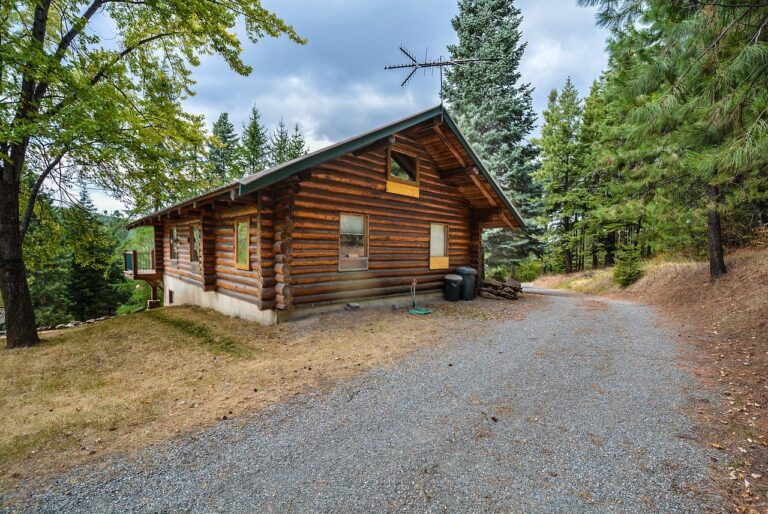Smart Home Integration in Modern Home Improvement
Smart home devices have revolutionized the way we live by providing convenience, efficiency, and security. With the advancement of technology, homeowners can now control various aspects of their homes remotely, enhancing the overall quality of life. From smart thermostats that adjust temperatures based on your habits to smart security cameras that offer surveillance around the clock, these devices offer peace of mind and make daily tasks easier.
One of the significant benefits of smart home devices is their ability to save energy and reduce utility costs. Smart thermostats, for example, can learn your heating and cooling preferences and adjust the temperature accordingly, leading to lower energy consumption. Additionally, smart lighting systems can be programmed to turn off when not in use, further contributing to energy efficiency. By investing in smart home devices, homeowners not only enjoy a more convenient lifestyle but also contribute to a sustainable future.
The Importance of Connectivity in Home Improvement
Imagine being able to control your lights, security system, thermostat, and even your kitchen appliances all from the palm of your hand. This level of connectivity within our homes is becoming increasingly popular and for good reason. The ability to seamlessly integrate various devices and systems not only enhances convenience but also contributes to a more efficient and sustainable lifestyle.
In today’s fast-paced world, having a connected home offers peace of mind and convenience. Whether you’re at work or on vacation, you can monitor and manage your home remotely, ensuring that everything is running smoothly and securely. Additionally, the interconnected nature of smart devices allows for better energy management, cost savings, and overall improved quality of life.
How Smart Thermostats Can Save Energy and Money
Smart thermostats have become increasingly popular in households across the globe. These devices offer users the ability to regulate the temperature of their homes remotely, allowing for efficient energy use. By adjusting the temperature based on occupancy and schedule, smart thermostats can help reduce energy consumption, ultimately leading to cost savings on monthly utility bills.
In addition to providing convenience and comfort, smart thermostats can also contribute to a greener environment. The ability to monitor energy usage and make adjustments accordingly can lead to a reduction in carbon emissions. With features like learning algorithms and geofencing, these devices ensure that heating and cooling systems operate only when necessary, making them a sustainable choice for eco-conscious consumers.
Smart thermostats allow users to regulate temperature remotely
Adjusting temperature based on occupancy and schedule reduces energy consumption
Cost savings on monthly utility bills
Contribute to a greener environment by reducing carbon emissions
Learning algorithms and geofencing ensure efficient operation of heating and cooling systems
What are the benefits of smart home devices?
Smart home devices can increase convenience, improve energy efficiency, enhance security, and provide greater control over your home environment.
How important is connectivity in home improvement?
Connectivity is crucial in home improvement as it allows for seamless integration of various smart devices, enabling efficient communication and automation within the home.
How can smart thermostats help save energy and money?
Smart thermostats can optimize heating and cooling settings based on your schedule and preferences, leading to reduced energy consumption and lower utility bills.
Are smart thermostats easy to install and use?
Smart thermostats are designed to be user-friendly and can typically be installed by following step-by-step instructions. Once installed, they can be easily controlled through a mobile app or voice commands.
Can smart thermostats adapt to changes in weather or occupancy?
Yes, smart thermostats can adjust settings based on factors like outdoor temperature, humidity levels, and occupancy patterns, ensuring optimal comfort and energy savings.







